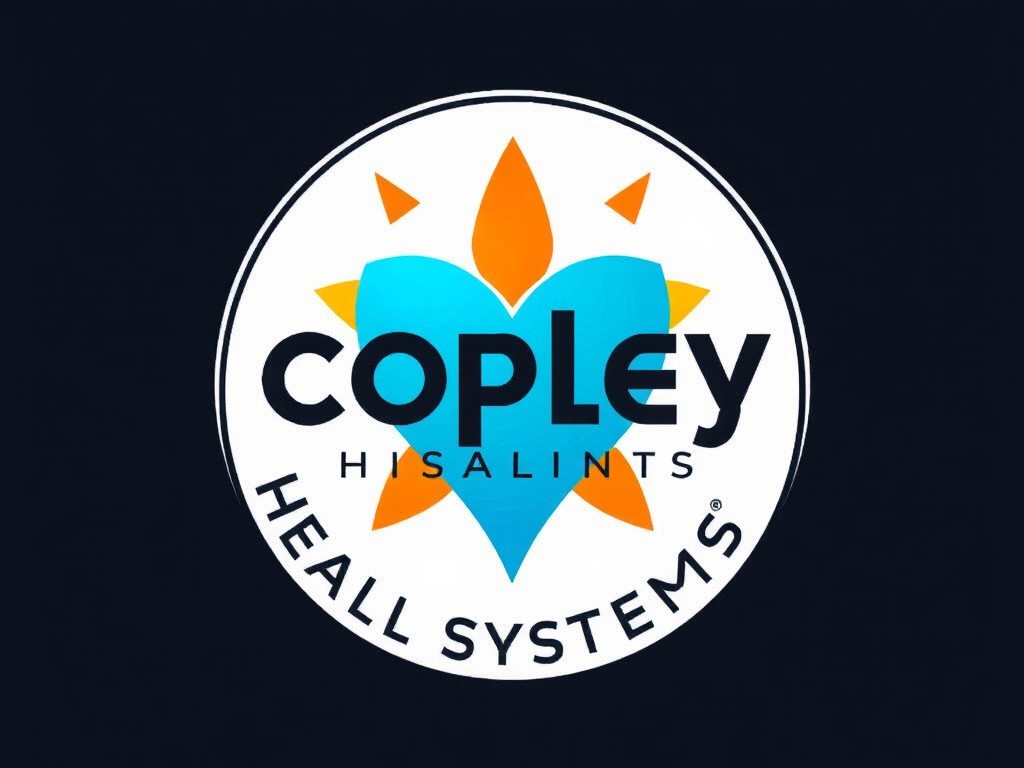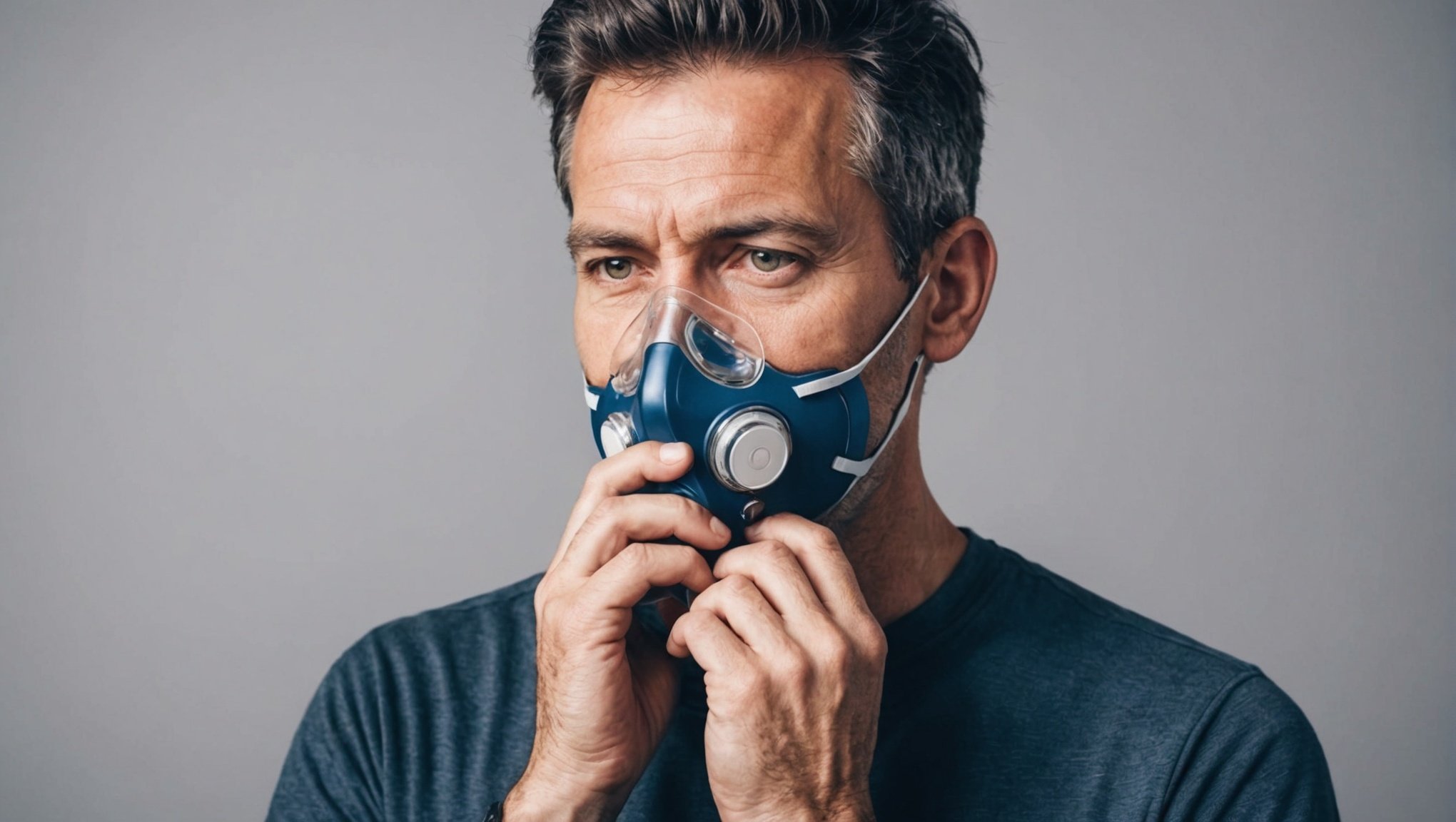Overview of High Blood Pressure and Its Effects
High Blood Pressure, or hypertension, is a condition where the force of blood against the artery walls is too high. It is vital to regularly monitor and manage blood pressure levels. This is because hypertension can often occur without noticeable symptoms, earning it the moniker “silent killer.” Understanding hypertension basics is critical, as it can lead to severe health problems if left unmanaged.
Various factors contribute to high blood pressure. Common causes include unhealthy lifestyles, such as a diet high in salt, lack of physical activity, excessive alcohol consumption, and smoking. Additionally, genetic predisposition plays a role, making blood pressure management especially important for those with a family history of hypertension. Stress and obesity are also significant risk factors.
Also to see : Achieve salon-quality feet at home with an electric foot grinder
Unmanaged high blood pressure can have dire long-term effects. Heart disease, stroke, and kidney damage are among the severe outcomes of prolonged hypertension. Furthermore, high blood pressure can lead to issues with memory and comprehension over time, impacting cognitive function. Hence, staying informed about these risks and taking proactive steps is crucial for tackling hypertension effectively. Adopting a balanced diet, regular exercise, and a healthy lifestyle can aid in maintaining optimal blood pressure levels and improving overall wellbeing.
Introduction to Breathing Techniques for Blood Pressure Management
Breathing plays a crucial role in regulating the autonomic nervous system, which directly impacts blood pressure levels. By effectively managing the autonomic nervous system, you can achieve stress reduction, enhancing overall cardiovascular health.
In parallel : Exploring the Power of Guided Imagery for Enhanced Pain Relief in Labor
Breathing techniques, such as diaphragmatic or yoga-inspired breathing, are fundamental methods of fostering relaxation and stress reduction. These techniques primarily focus on slow and deep breaths which stimulate the parasympathetic nervous system, encouraging a state of calm and relaxation. Not only do these methods help alleviate stress, but they also assist in stabilising blood pressure, offering a holistic approach to cardiovascular care.
Incorporating breath-focused practices into your daily routine is essential for lasting benefits. Simple techniques, like the 4-7-8 method or deep, rhythmic breaths, can be easily integrated into daily activities. Whether you’re at work or relaxing at home, dedicating just a few minutes to conscious breathing can significantly influence your stress levels and blood pressure.
Ultimately, adopting, comprehensively, these relaxation methods into your lifestyle ensures a balance between mental and physical well-being. By embracing these simple yet effective practices, you can enhance your quality of life with improved cardiovascular health and resilience against stress-induced pressures.
Discovering the Ultimate Breathing Technique
Breathing exercises have emerged as both popular and scientifically-backed approaches to tackling everyday health concerns. Among these, effective breathing techniques have garnered attention due to their potential as viable hypertension solutions. If you’ve ever wondered how to incorporate these powerful practices into your life, you’re in the right place.
Step-by-Step Guide to the Breathing Technique
To perform this effective breathing technique, begin by sitting in a comfortable chair with your spine straight. Close your eyes and place one hand on your abdomen to feel your diaphragm move. Inhale deeply through your nose for a count of four, allowing your belly to expand. Hold the breath for four seconds, then exhale gently through pursed lips for six seconds. Repeat this cycle for five to ten minutes, ideally daily, to experience optimal results.
Mindfulness is key here, so focus on the gentle rise and fall of each breath. Maintaining this focus ensures the most benefit is reaped. Aim for at least a few uninterrupted minutes daily. Gradually increase duration as comfort with the practice grows. Staying mindful throughout not only aids in efficiency but also enhances overall relaxation, potentially leading to lower blood pressure over time.
By following these guidelines, you can integrate this beneficial technique seamlessly into your routine.
Precautions and Considerations
When incorporating breathing techniques into your routine, taking safety precautions is essential. These methods are generally safe; however, individuals with specific conditions, such as heart issues or severe asthma, should approach them with caution. Additionally, if you experience dizziness or discomfort during practice, you should stop immediately and consult a healthcare professional for personalized health guidance.
Before embarking on any new breathing regimen, it’s important to seek advice from a healthcare professional, particularly for those with pre-existing health conditions. Professionals can provide tailored health guidance and ensure that the technique is suitable for your circumstance.
Accurate blood pressure monitoring during breathing practice is vital to ensure it doesn’t reach unsafe levels. To track this effectively, use a reliable home blood pressure monitor. Measure your blood pressure before starting, midway through, and after completing your routine. Consistency in monitoring allows for a detailed understanding of how these techniques affect your body, helping to maintain optimal health and safety.
By adhering to these safety precautions and maintaining regular communication with your healthcare provider, breathing techniques can be a beneficial and safe addition to your health regimen.
Lifestyle Tips for Complementary Blood Pressure Management
Understanding the role of lifestyle modifications in blood pressure management is crucial for ensuring a healthy cardiovascular system. These modifications can make a significant impact when combined with other treatments prescribed by healthcare professionals.
Diet and Exercise
Adopting a diet rich in fruits, vegetables, and whole grains while reducing sodium intake actively supports blood pressure control. Regular physical activity, such as aerobic exercises, not only enhances cardiovascular health but also helps in maintaining optimal blood pressure levels.
Stress Management
Moving beyond basic breathing techniques, engaging in activities like mindfulness meditation, yoga, or pursuing hobbies can be pivotal in managing stress levels. Such activities lower stress-related hormone production, which can positively influence blood pressure control.
Health Check-ups
Regular health check-ups and consistent blood pressure monitoring are pivotal. These check-ups allow individuals to track their progress and identify any potential issues early. Integrating these healthy habits into one’s routine ensures a proactive approach to blood pressure management.
Incorporating these lifestyle modifications provides a well-rounded strategy to effectively manage blood pressure levels and contribute to overall well-being. Consistent practice of healthy habits fosters a supportive environment for cardiovascular health, encouraging longevity and vitality.
Testimonials and Real-Life Case Studies
Delving into personal experiences with breathing techniques reveals a treasure trove of insights. Many individuals have shared their user testimonials, highlighting the transformative power of mindful breathing. These accounts manifest not only the success of these practices but also their potential impact on managing hypertension.
Success stories often emphasize how regular engagement with controlled breathing can lead to improved mental clarity and reduced stress levels. For instance, one user mentioned that incorporating deep breathing exercises before bed resulted in significantly better sleep and lower morning stress. Another described a marked decrease in their hypertension symptoms, attributing these benefits to consistent practice.
Engaging with varied experiences allows us to analyze different outcomes that vary from person to person, depending on their lifestyle and adherence to the techniques. It becomes apparent that while results aren’t uniform, a common thread in these success stories is enhanced well-being.
To encourage broader community sharing, individuals are motivated to share their personal experiences with breathing practices. This mutual exchange of testimonials not only fosters a sense of community support but also offers a supportive network that assists others in managing hypertension effectively.











